Aromatic Herbs Explained: A Clear, Practical Guide for Everyday Use
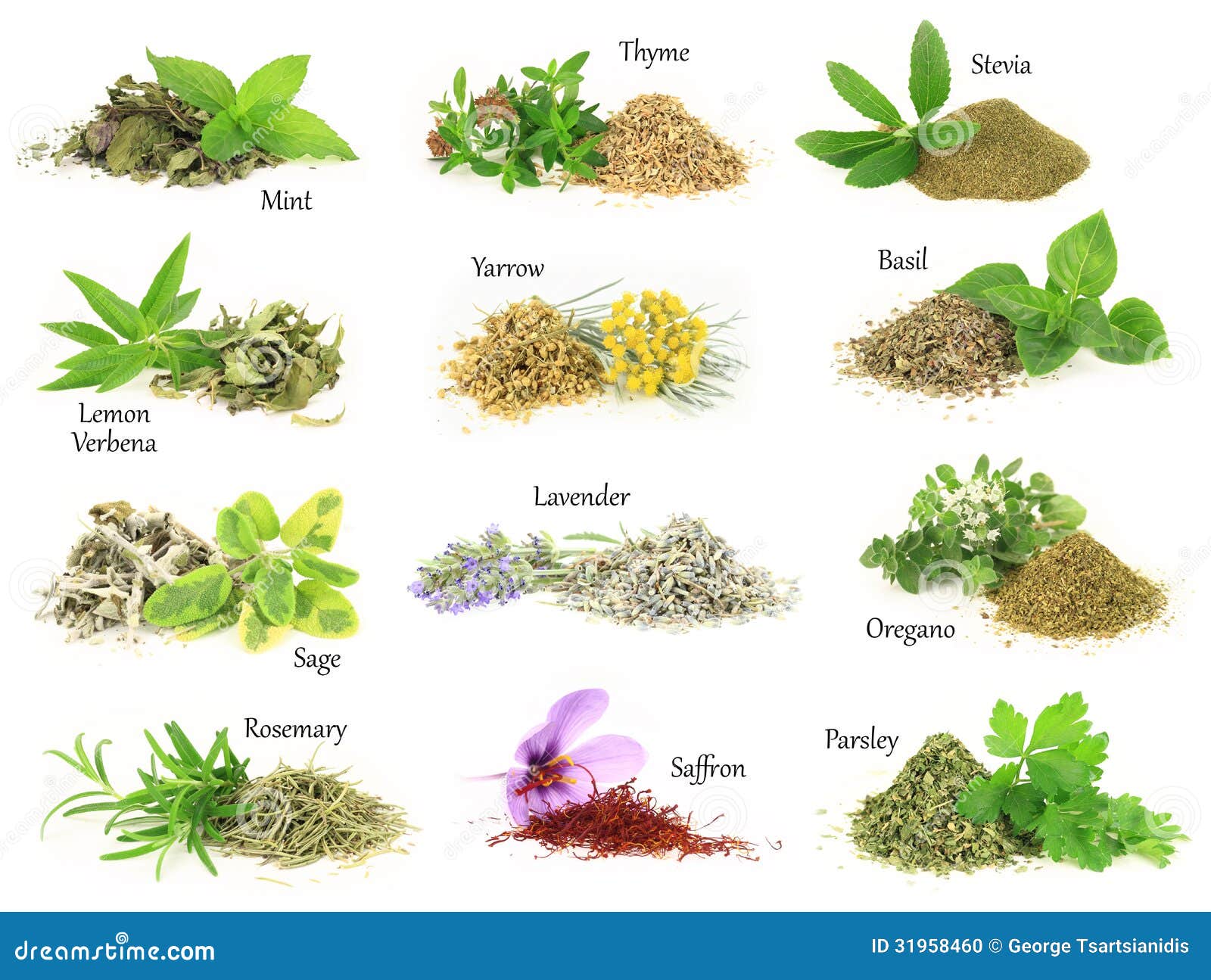
There’s something undeniably satisfying about filling your kitchen with the fresh scent of herbs you’ve grown yourself—basil warming the air like a soft invitation, rosemary giving that piney kick, thyme adding its earthy whisper. Aromatic herbs aren’t just pretty extras; they’re fundamental flavor and mood boosters that anyone can master with the right approach. Forget vague “grow them and hope” advice—this is your practical guide to turning aromatic herbs into your everyday allies, whether in the kitchen, medicine cabinet, or home atmosphere.
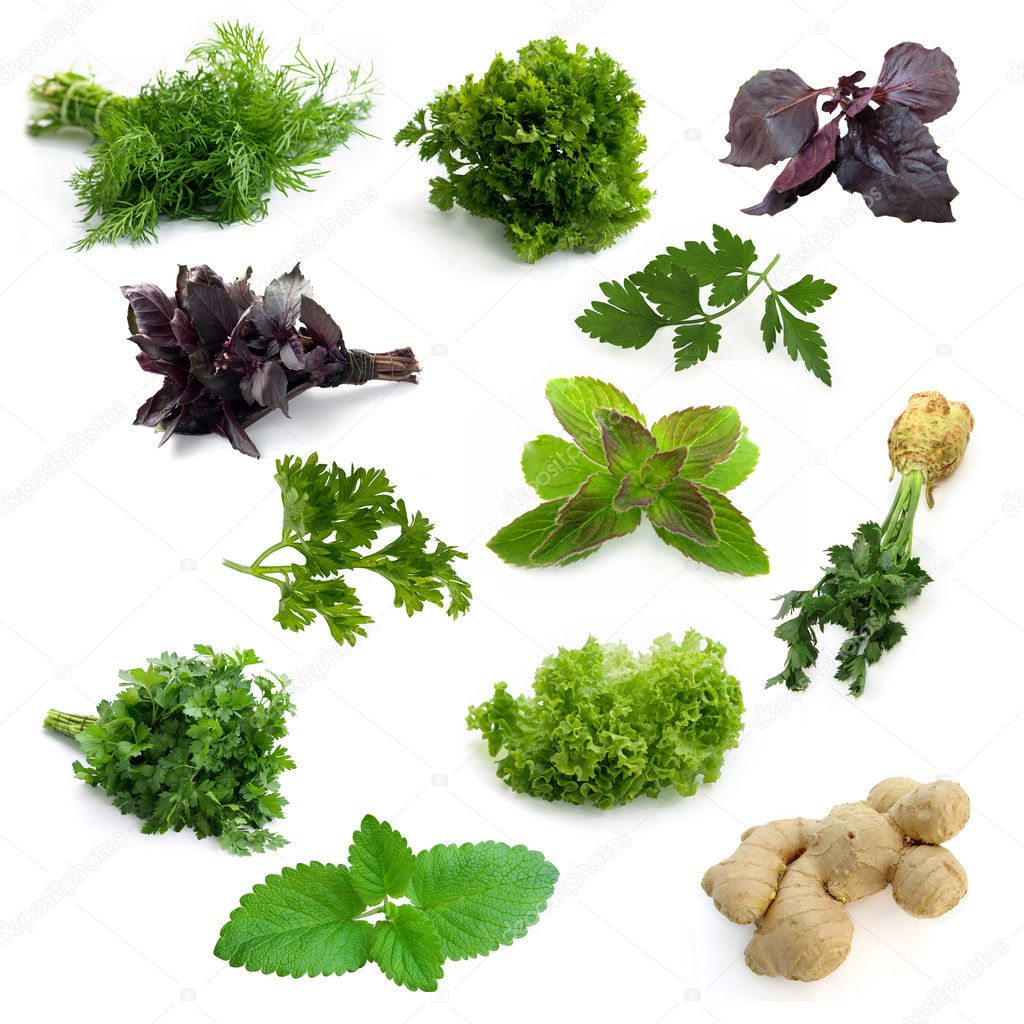
What Are Aromatic Herbs, Really? The Science You Can Smell
Let’s cut through fluffy definitions: aromatic herbs are plants packed with volatile oils sitting mostly in tiny glands on their leaves and flowers. When these glands get bruised (say, crushed basil in sauce) or warmed (steeped in hot water for tea), they release those distinctive smells and flavors we love. These oils matter because their concentration determines how bold an herb tastes or how potent it can be as medicine or scent.
Most beloved aromatic herbs hang out in familiar families like Lamiaceae—the mint family containing basil, rosemary, thyme—and even carrot relatives like parsley sneak in there too. This makes for terrific diversity: annuals sprout fast and fresh (basil), perennials live multiple years giving you stability (thyme), and shrubby types bring year-round presence (rosemary).
Here’s a table anchored by my direct experience with garden success rates:
| Herb | Smell/Flavor Highlights | Growth Type | Best Uses |
|---|---|---|---|
| Basil | Sweet/spicy clove-like | Fast-growing annual | Pesto sauces & quick garnishes |
| Rosemary | Woody & piney | Evergreen shrub | Roasts, oils & aroma |
| Thyme | Earthy, faintly minty | Perennial shrub | Stews & medicinal teas |
| Mint | Refreshingly sweet & cool | Vigorous perennial | Teas & salads |
| Lavender | Floral with camphor edge | Woody shrub | Relaxation & decorative uses |
Why does this matter? Knowing growth habits helps you plan space—a sprawling mint needs containment while woody rosemary rewards patience and longevity.
Starting Strong: Crafting Your First Herb Garden That Actually Works
Jumping into herb gardening often gets messy mentally because everyone throws a dozen tips at newbies all at once. Let’s pace this with proven rookie-friendly steps that deliver wins early so your enthusiasm grows as fast as your plants.
Step 1: Choose Wisely and Keep It Simple
Pick three starter herbs based on what you want to use most regularly. From cold-hardiness to speed-of-growth:
- Basil gives quick gratification (3-4 weeks from seed to harvest).
- Mint is nearly indestructible but a wild spreader—contain it.
- Thyme handles dry spells gracefully.
- Rosemary is slower—think of it as a long-term friend.
- Lavender requires patience but elevates home ambiance uniquely.
Step 2: Find Spot With Consistent Sunlight
Six hours of direct sun daily remains golden rule. No exceptions here; no windowsill “maybe” spots. If lighting limits you indoors, supplement sunlight with LED grow lights tuned to plant-friendly spectrums—it costs less than disappointment.
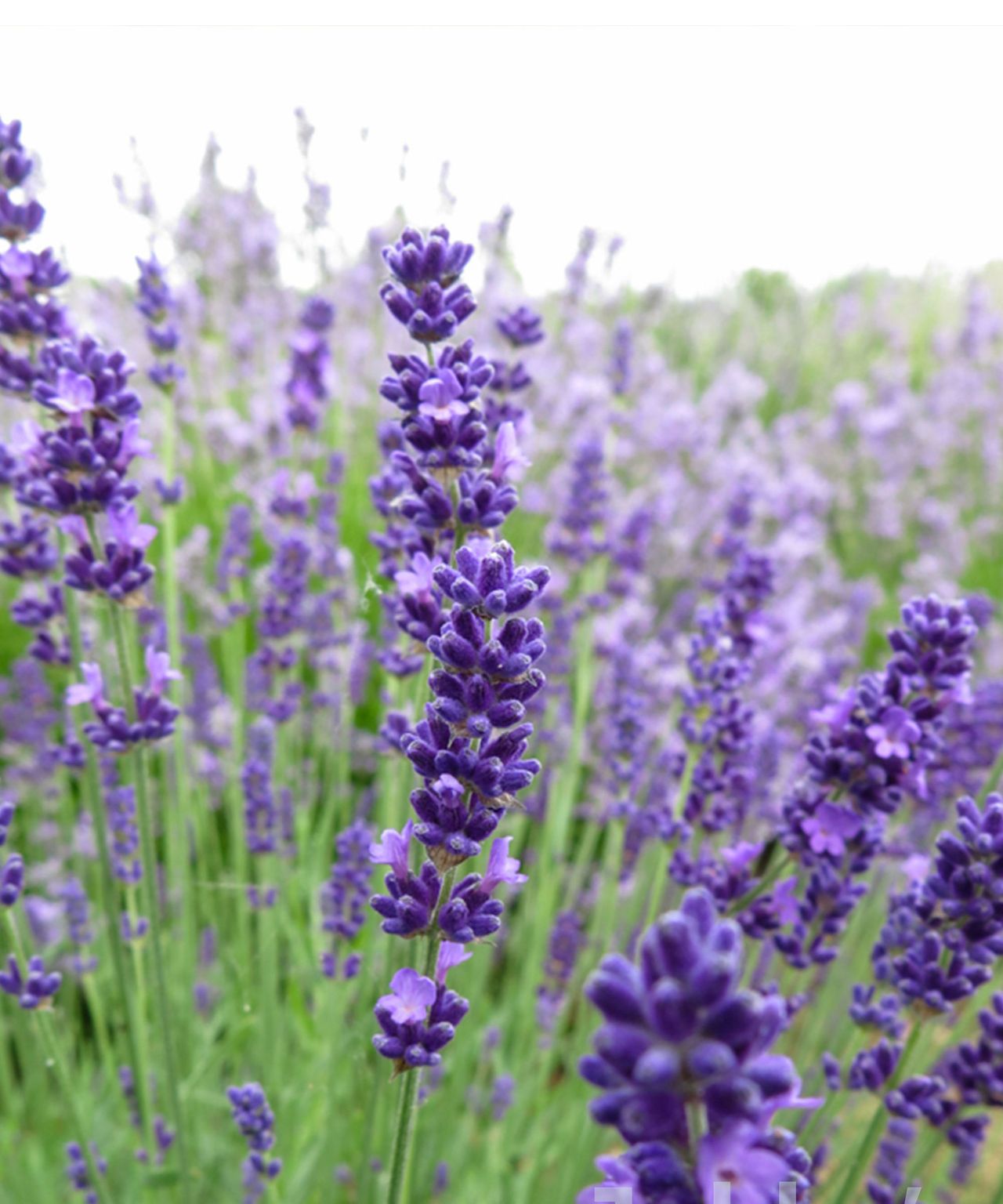
Step 3: Soil Prep Demands Attention
I’ve watched promising seedlings fail simply because their roots stayed soggy. Mix 50% organic compost + 25% coarse sand + 25% quality potting soil for perfect drainage balanced with nutrients. For container gardens? Choose mixes labeled “herb-ready”—these often contain perlite or vermiculite for aeration.
Step 4: Seed Starting vs. Seedlings
Seeds take patience—you will need roughly two weeks before sprouts appear for basil under normal conditions—and some mortality rate (~20%). Buying seedlings gives fast results but sometimes comes at higher initial price ($3-$5 per plant) plus risk of transplant shock if mishandled.
Step 5: Water Like You Mean It — Precisely
Basil left wet tends to develop fungal leaf spots; rosemary dries out faster since it's Mediterranean by nature. Use finger-test method before watering—only when top inch feels dry—and water soil directly rather than spraying leaves to avoid mold issues common in humid homes.
Step 6: Harvest Strategically To Fuel Growth
This bit trips many newcomers up—over-harvest early can kill plants or reduce oil content dramatically:
- Pick no more than one-third of the plant at once.
- Morning post-dew harvest captures peak essential oils.
- Pinch off stems rather than yanking whole branches.
- For recipes relying on milder taste (like salads), younger leaves work best.
- Prune flowering buds if bitterness creeps in mid-summer dishes.
These small habits ensure your plants not only survive but thrive season after season—trust me from experience battling limp basil!
Avoid Rookie Pitfalls — Simple Fixes That Save Your Stuff
Seen leaves yellowing overnight? Wondering why your once-bountiful mint colony now looks stunted?
Common missteps include:
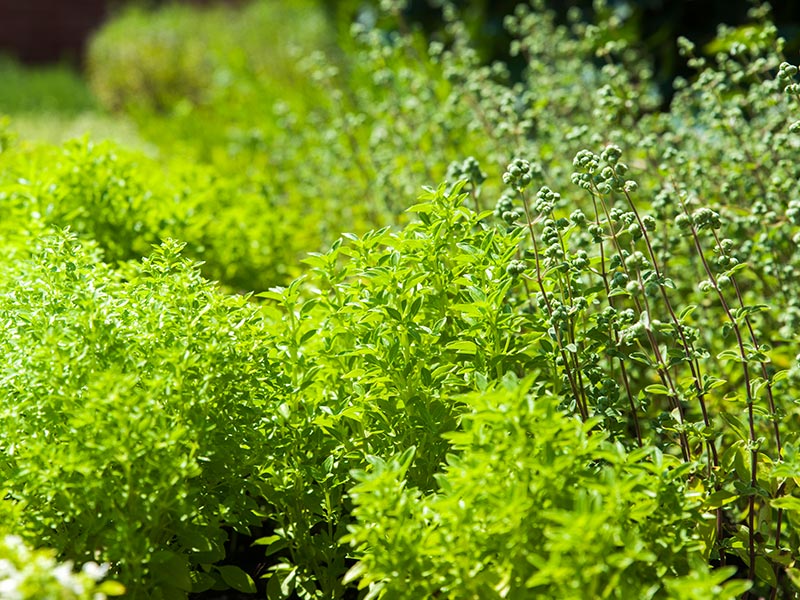
1) Drowning Plants — Overwatering kills more herbs than underwatering. Cheap moisture meters (~$15) eliminate guesswork; you’ll save hours wondering “wet vs dry.”
2) Overcrowding Seeds/Plants — I always advise spacing at least:
- Basil: 12 inches apart
- Thyme/Rosemary shrubs: 18–24 inches apart
Tight-packed pots suffocate roots + generate pests readily.
3) Neglecting Pruning Schedules — A leggy rosemary can go woody fast without trims every few months—even when winter slows growth! Think of pruning as essential maintenance fueling fresh new shoots packed with oils.
4) Harvest Timing Errors — Oils degrade post noontime heat sunset lows—they’re finicky chemicals very sensitive indeed! Aim for mid-morning snips after dew evaporates fully.
5) Feeding Plants Poorly Or Not At All
Nutrient-poor soil = weak herb flavor profile always–study shows feeding twice during growing season boosts volatile oil density by about 30%. Simple organic fertilizers tailored for Mediterranean herbs do wonders here.
The goal isn’t perfection overnight but developing feel—for example knowing exactly when an herb is thirsty or sensing subtle changes in leaf texture means huge progress as gardener-you evolve!
Taking It Up A Notch: Advanced Tips Pros Wish They Knew Sooner
Once basics become second nature, step over into optimizing potency and extending usability:
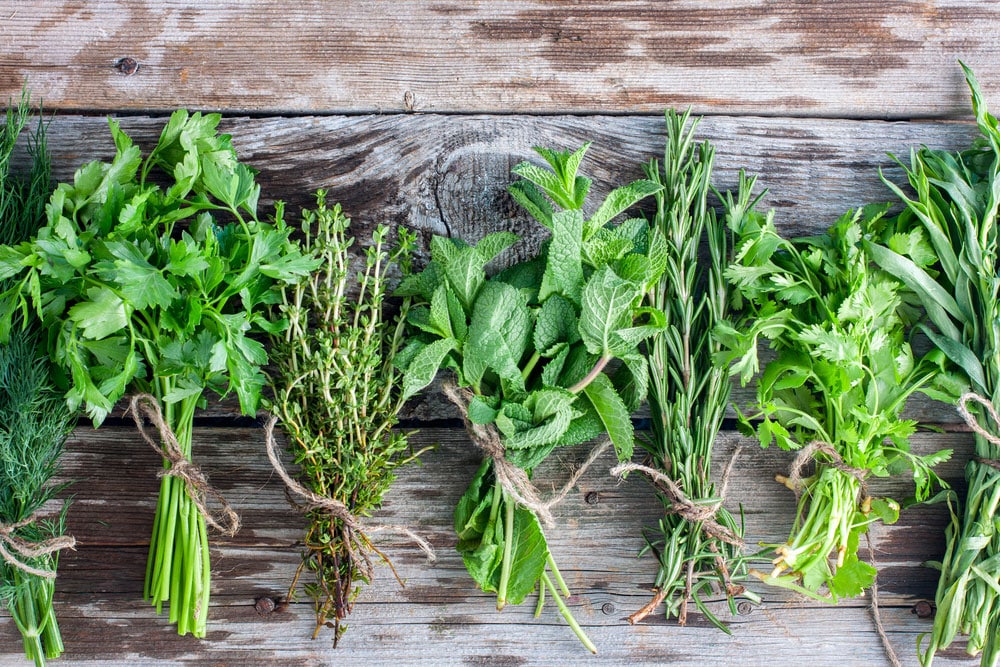
Stagger Planting For Continuous Supply
Plant herbs every fortnight so harvesting never dries up unexpectedly—a chef friend swears this doubled her pesto-crafting output last summer without needing store runs!
Companion Planting Magic
Try planting basil near tomatoes—they talk via underground fungal networks enhancing each other’s flavor indirectly; rosemary next to brassicas keeps cabbage moths away naturally without chemicals involved—a win-win garden stealth tactic!
Dry Herbs Correctly To Lock In Aroma
Cut before flowering then hang dense bunches upside down inside shaded airy rooms free from dust/dampness; drying takes roughly 7–10 days depending on humidity levels to yield crumbly yet fragrant dried leaves ready for storage inside glass jars away from light exposure; freeze delicate ones like basil if using later—it preserves freshness better than desiccated alternatives I tried previously fading into brown spice.
DIY Essential Oil Extraction
Buy home steam distillation kits online priced around $80-$120—not industrial scale budgets required—to produce small batches great for homemade herbal balms or personal scent blends infused into almond or jojoba carrier oils gently warm infused overnight; professional grade aromatherapists use same principle scaled up enormously!
Practical Gear That Changes The Game
Here are tools that actually pay off repeatedly:
- Ergonomic Herb Pruners: Sharp micro-serrated blades minimize trauma during harvest — legitimate upgrade from scissors given frequency used weekly.
- Soil Moisture Meter: Perfect for learning rhythm quickly — removing guesswork saves months of trial-error drought/water damage errors alone.
- Seed Starter Kits With Heat Mats: Germination rates leap from ~40% baseline to over 75% indoors starting seeds early winter.
- Steam Distiller Home Kits: Affordable route into essential oil making—fun gift ideas too!
Also bookmark r/Herbalism subreddit; peer advice beats old books stuck on static info due to dynamic seasonal tips shared daily by gardeners worldwide honing craft together actively—not just theory paperbacks collecting dust!
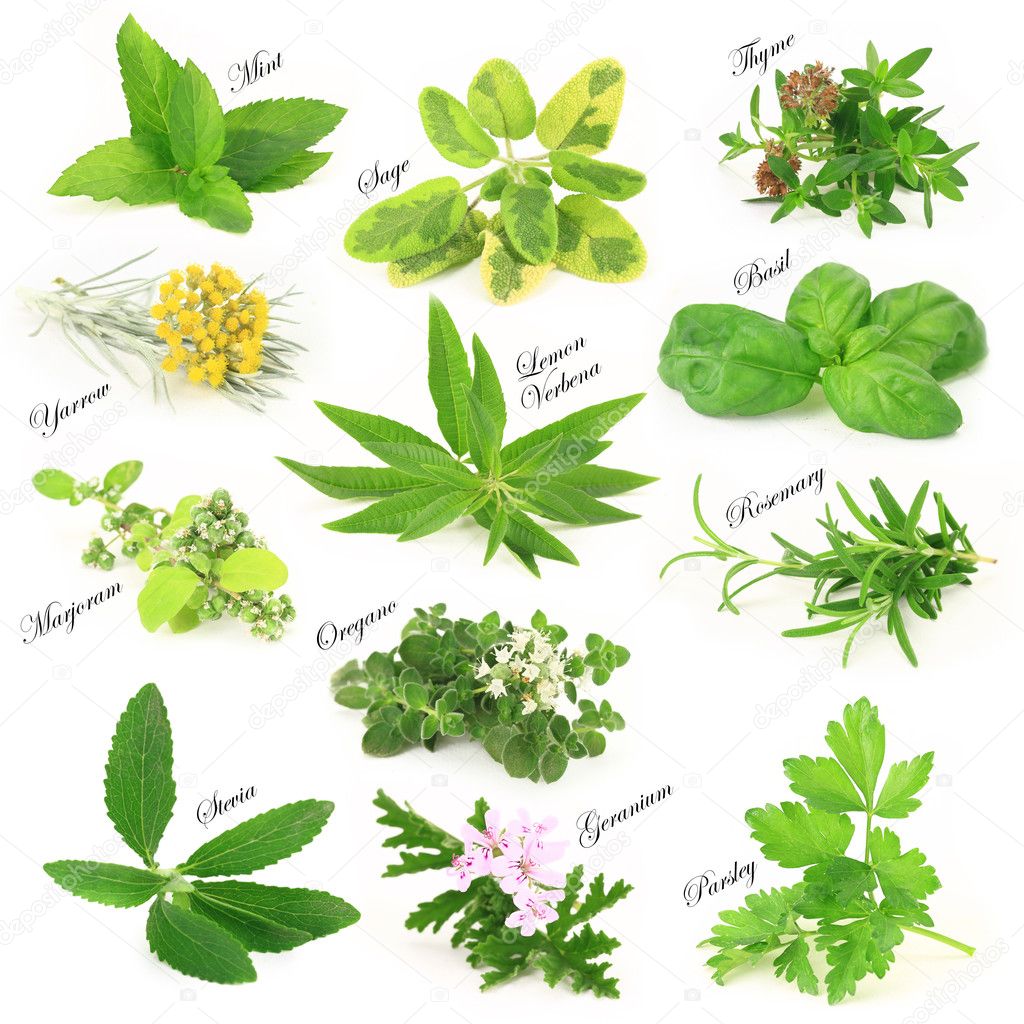
Quick Troubleshoot Cheatsheet To Keep Momentum Steady
| Symptom | Likely Cause | Tried-and-Tested Fix |
|---|---|---|
| Yellow Leaves | Overwatering/Nutrient Deficiency | Reduce watering + side-dress compost tea fertilization weekly until recovery supported |
| Weak Aroma | Too little sun / repeated heavy harvests | Move pots brighter / rest plant after big snips cycles |
| Bugs Invade | Aphids/spider mites | Diluted neem oil spray dawn+ dusk routine protects without chemical residues |
| Leggy/Dry Stems | Low light | Supplemental grow lights + periodic hard pruning encourage sturdy regrowth |
Each challenge you solve builds intuition confidence combo valued beyond words when juggling multiple lessons simultaneously during growing seasons ahead!
Real-Life Wins That Remind Us What’s Possible
Back in spring 2020, I coached several friends jumping in despite zero plant experience illustrating alternative routes:
-
Ella the Chef: Started tiny balcony pots germinating oregano/mint/lemon balm then scaled vertically using tiered racks producing daily ingredients fresh enough she ditched all store-bought ‘fresh’ herbs forever—a huge money saver upwards $150 annually she estimated easily sustained through simple swaps!
-
Mark the Healer: After moving his massage therapy studio outdoors temporarily began large lavender/mint fields producing local essential blends sold online combined community wellness education resulting in expansion opportunity he hadn’t dreamed possible starting mere seeds years before**
-
Sofia the City Dweller: Converted rooftop concrete patch where neighbors doubted anything green would survive into thriving Mediterranean vibe enriched by blazing sun-pruned rosemary/thyme uplifts buzzing bees supporting urban biodiversity while elevating her day-to-day cooking essentials straight outside window steps
Their stories aren’t unique—they’re built on steady progress habits anyone can emulate substituting passion accordingly…
Your No-Nonsense Action Plan To Herb Mastery Starting Today
You don’t need a fancy setup tomorrow—just deliberate moves starting now:
- Pick TWO easy favorites (basil + mint won’t betray beginners).
- Scout out sunniest spot you have indoors/outdoors offering solid six hourly light benchmarks daily.
- Buy premium seed packets + well-draining potting mix ASAP online/local nursery next week budget ~$20-$30 max startup cost.
- Start seeds following clear packet timings OR grab healthy seedlings recommending separate brand buyer reviews carefully picked ensuring sturdiness.
- Water only when soil feels dry—not scheduled willy-nilly initially rotate sensors/fingers testing balance over first month gaining rhythm intuitively fast tracked usually within two weeks duration
- Harvest lightly every few days gently pinching tips/build habit around morning collections post dew drying—
Celebrate every successful pinch like scoring goals!
7... Month two onwards actively explore drying techniques watching YouTube channels specializing personal herbal care methods ramp up confidence-sizeable rewards quickly show themselves
8... Before long experiment infusing favorite blends into cooking pastes/home salves personal body lotions sharing joy immediate surroundings multiplying benefits throughout household routines effortlessly
You see? Each step here stacks momentum deliberately helping overcome fear mistakes unfamiliar traditionally causing otherwise slow starts halted abruptly… You already started advancing—even reading this lengthy overview marks beginning transformations worth applause!
Keep Growing Beyond Basics
Herbal expertise doesn’t fossilize—it blooms continuously if curiosity stays fertile:
- Join hands-on local herb guilds/gardening clubs where techniques exchange face-to-face
- Maintain digital photo journals marking time-lapse development recognizing nuances unnoticeable day-by-day accelerates visual learning curves drastically
- Explore uncommon species lemons verbena/coriander/cilantro diversifies palate growing environment broadens knowledge increasing adaptability skill sets sought-after virtually anywhere
Each carefully harvested leaf reminds us why connecting physically active hands alongside nature balances modern living stress dissolving quietly renewing us inside-out exactly what many seek unknowingly until tasting firsthand these herbal alchemies perform miracles deeply—
Your journey unfolding should feel thrilling not intimidating—which it truly becomes as repetitive gains compound bringing dependable mastery clarity moments taking shape confidently each season planted cultivated harvested loved back happily sharing gratitude rich green gifts often overlooked casually elsewhere…
You’re beyond beginner territory already—the best part? Meaningful ritual awaits making aromatic herbs yours whole-heartedly adaptable tools enriching food,senses,and health intentionally everyday sustainably naturally brilliantly simply done—inspired not overwhelmed congrats keep moving forward proudly!



